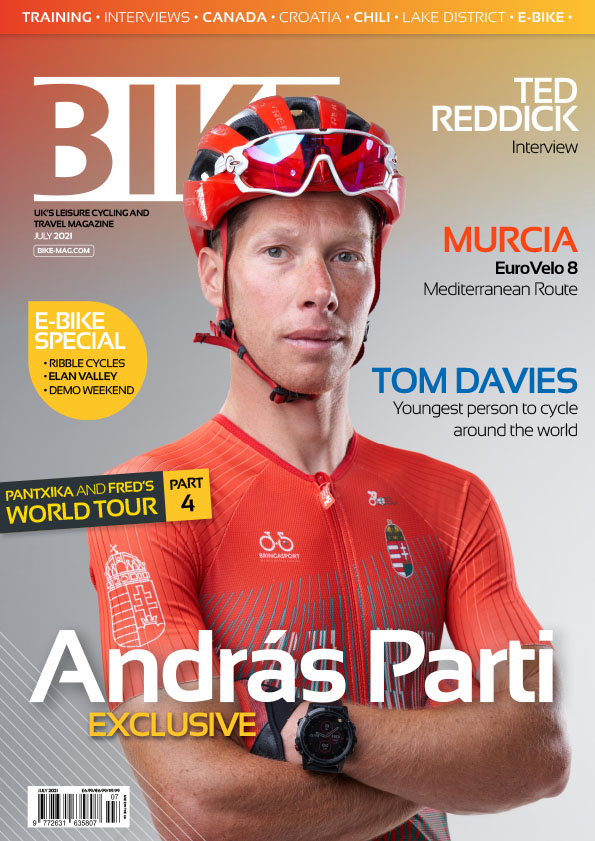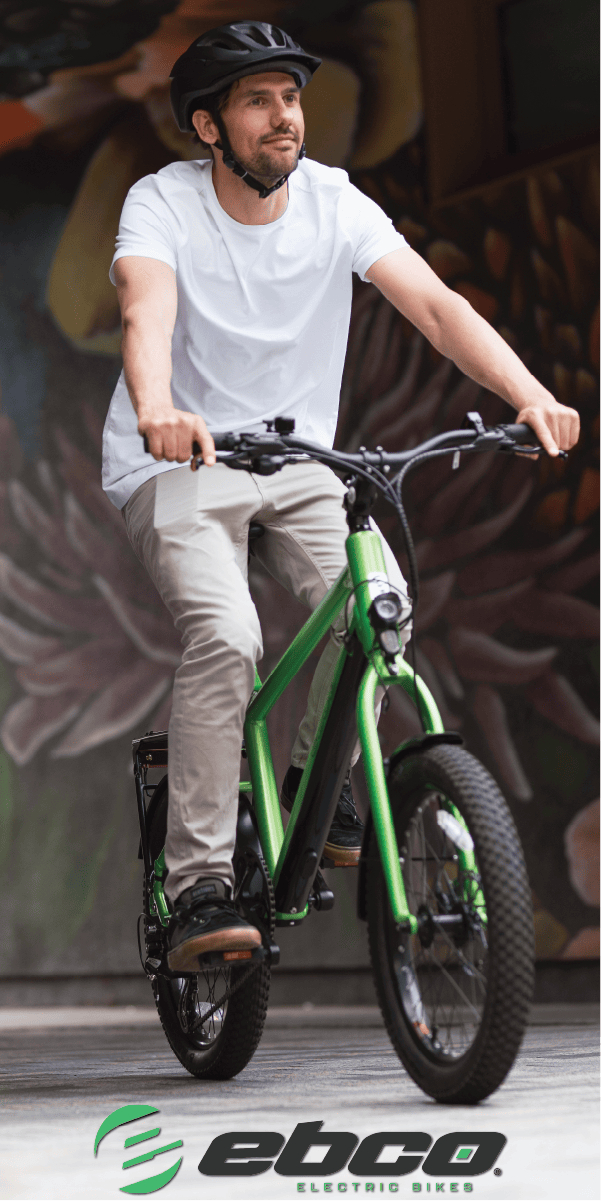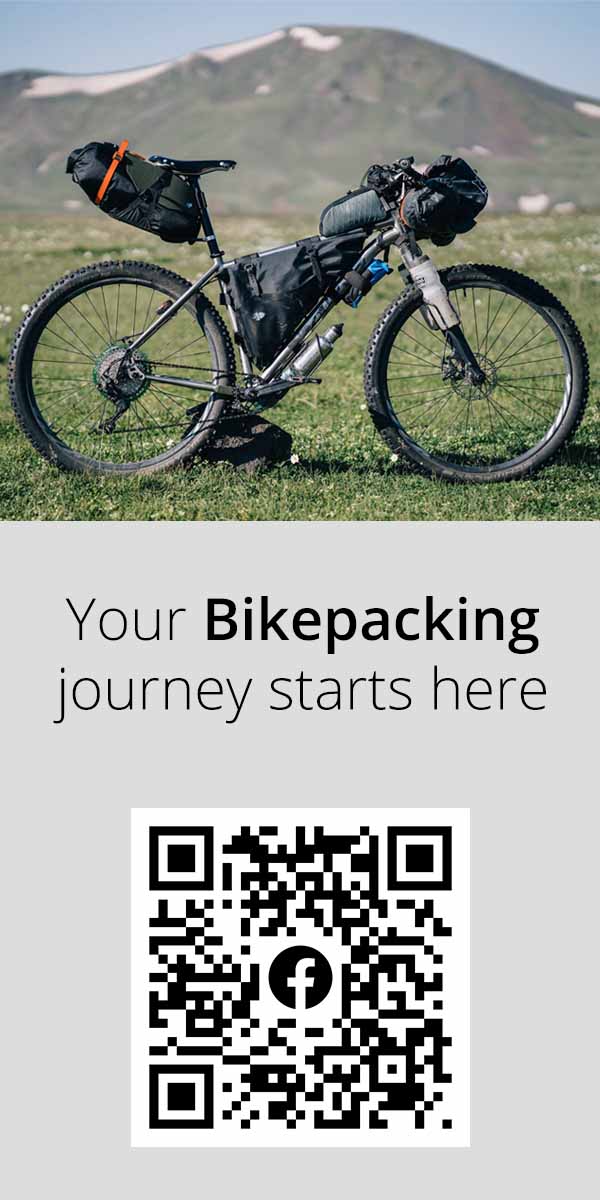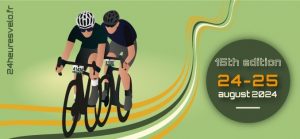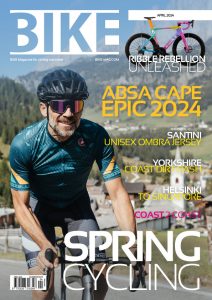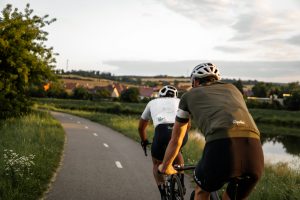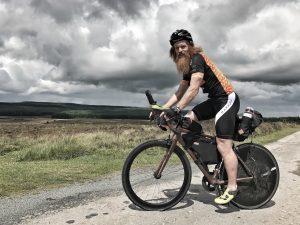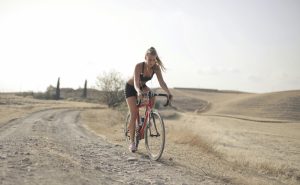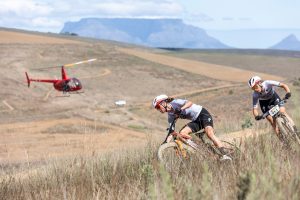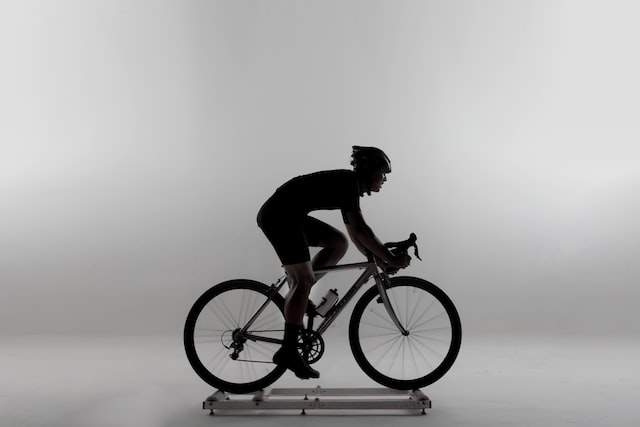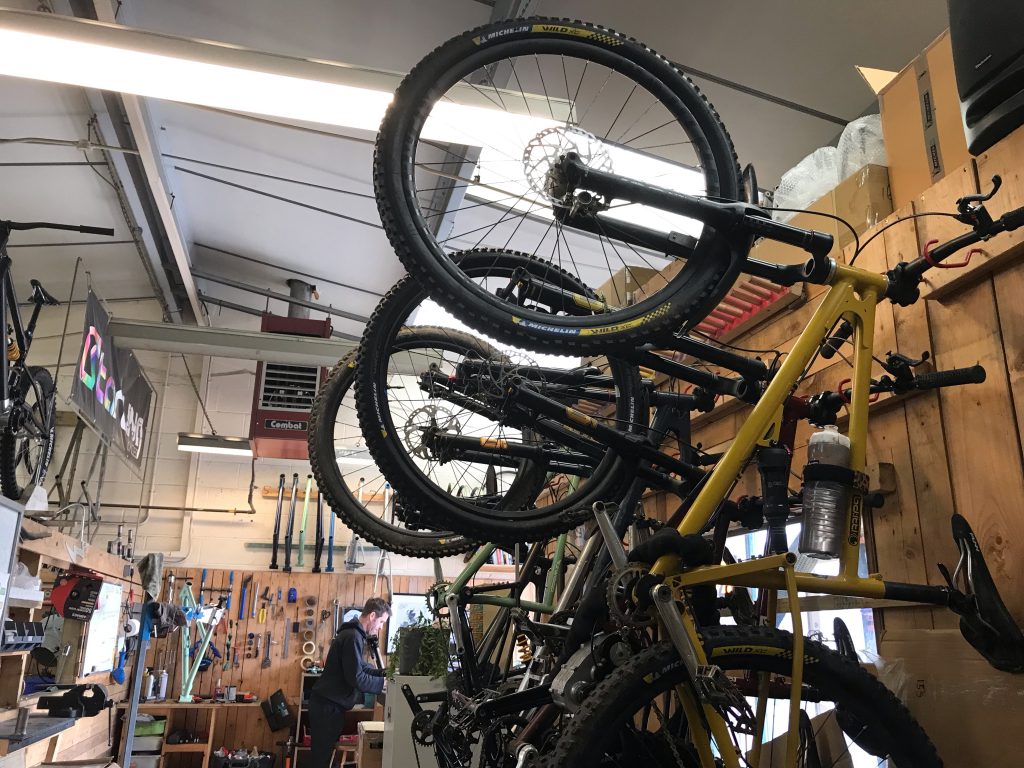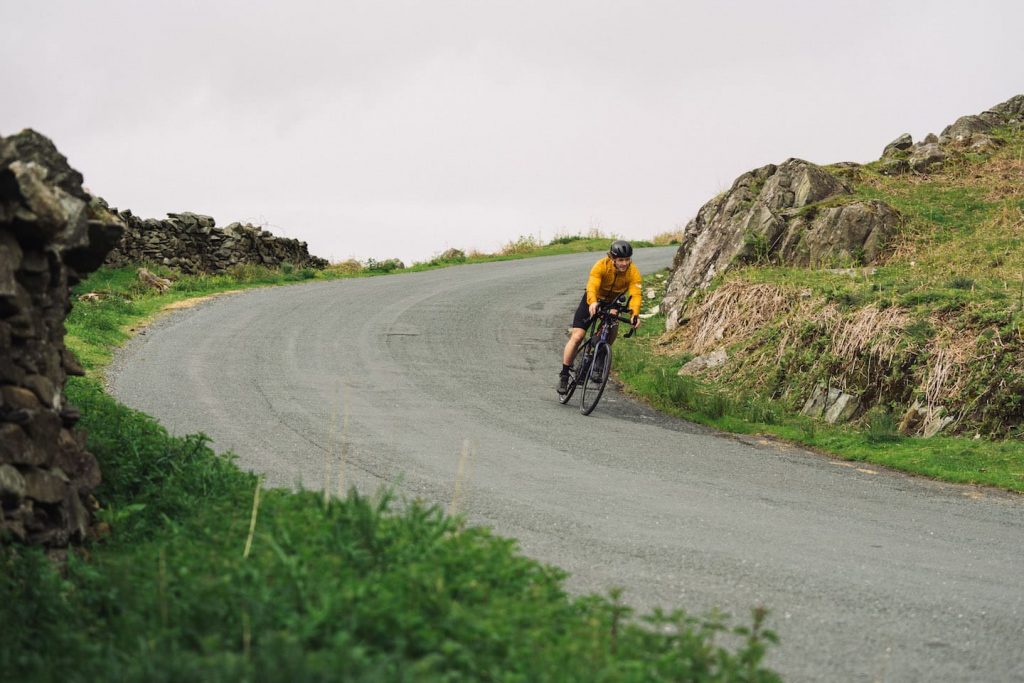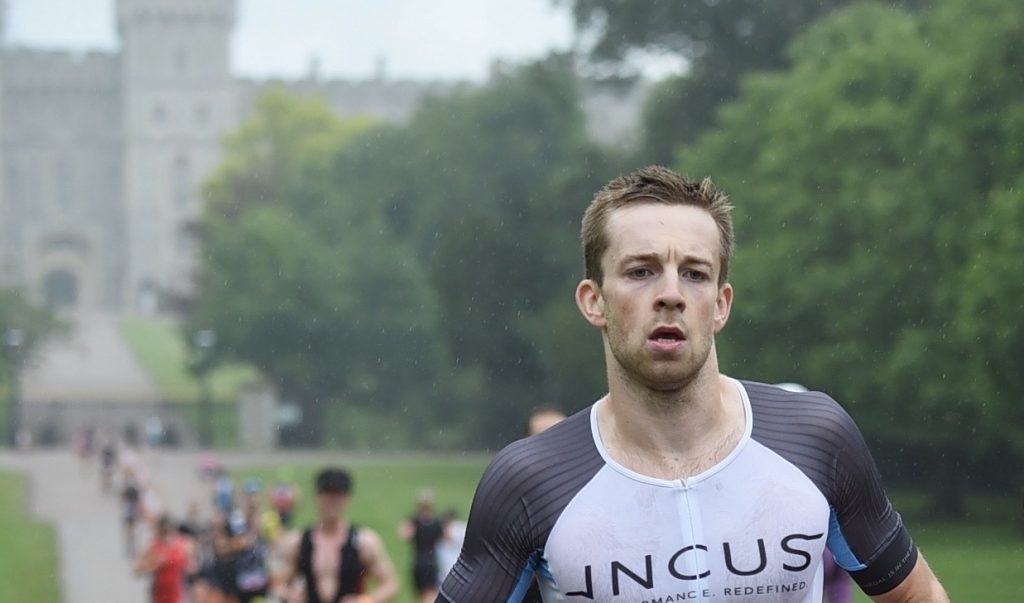Ted Reddick Interview: The message is not to give in – no matter how painful and difficult it is
After being diagnosed with a rare neurological condition, known as transverse myelitis, three years ago, Ted went from fully paralysed from the neck down to determined cyclist. This news was devastating for Ted as he had previously been a professional racing cyclist during the 80s and 90s, so, there was no doubt his world was completely turned upside-down. However, determined to prove to himself and the world that his cycling days were not over, Ted defied all odds, partially regained mobility and now cycles around and raises awareness of transverse myelitis.

1) Tell us about yourself:
I’m a 58-year-old businessman living in Lee-on-the-Solent on the south coast. I part own (and am a co-director of) a company specialising in affordable housing delivery – having spent 40 years in the housebuilding sector. And I am an ex-racing cyclist, car racer and general ‘petrol-head’ owning a number of cars, motorcycles and a ridiculous number of bicycles!
2) You were an ex-racing cyclist in the 80s and 90s. How has the world of cycling changed since then?
Where do I start?
I stopped racing in ‘93 and it was only meant to be a short-term break (a collision with a police car on a motorcycle in ‘94 caused a full rupture in the anterior cruciate ligament in my left knee). But I never raced again – aside from a couple of 10-mile TTs a few years later (just to see how bad things were!). When I stopped racing, we were still riding steel frames with 7-speed gearing and gear levers on the down tubes!
Most frames came from within Europe and carbon was something you saw almost exclusively on track bikes.
Needless to say, technology has moved on but I notice that the attitude of many of the ‘new breed’ of cyclist is completely different to those I remember. Certainly not as friendly; they seem to show less interest in road-racing and I fear that too many spend more time indoors and less time on the road learning how to corner and brake! The obsession with weight is bizarre given how many individuals differ themselves.
I appreciate that the sportive has become extremely popular – and it’s good that more people are cycling – but there does seem to be many that are now giving us all a bad name.
I cannot accept ‘indoor racing’ as even a thing!
3) Obviously, transverse myelitis (TM) has greatly affected your life. What has it meant to you to be able to cycle again?
To be honest, it was devastating to be paralysed and I cannot emphasise how much was going through my head.
From a cycling perspective, I had literally just taken delivery of a new Colnago C64 with Campagnolo EPS groupset – as my mother had died earlier in 2018 ironically on the very same day that the C64 was launched (on Ernesto Colnago’s birthday!). I purchased it in memory of mum and to this day I still haven’t ridden it.
Riding a bike again was an immediate target. Not least because of the desire to ride the bike, but also because I thought that maybe there might be something for me in Paralympic cycling to provide a competitive outlet and target for my recovery. Unfortunately, my variable condition appears to be an issue from a classification perspective, so it looks as though that won’t be happening.
I climbed on a bike for the first time early in 2019, but at that time it was literally 100yds and I could neither climb on nor off without assistance. It was a few months before I tried properly and it was pretty much the worst experience of my life on a bike.
The neurological pain I suffer with TM was only then becoming evident and riding a bike really highlighted the problems I was going to face (and still do).
Because of my cycling history, it was, however, the obvious way for me to recover, and setting targets to monitor and measure my recovery was key.
4) At what point did you think, “you know what, I’m just going to go for it”?
I was determined from the outset to fight TM but I owe considerable thanks to one of my Japanese neurologists (I was first admitted to hospital in Kyoto) who told me that I could recover.
My cycling determination really surfaced at the very beginning of this year as I had one particularly good ride at home which then gave me the idea to set myself a ridiculous target of climbing a mountain!
The neurological issues make running almost impossible, and whilst I go to the gym once a week, I hate it. I play doubles tennis twice a week but literally stand there unable to move my legs without considerable effort! Cycling was the obvious way to go for many reasons.
5) What was the hardest part of the rehabilitation process?
Learning to walk again was not easy but I lost a considerable amount of upper body strength and mobility. Raising my arms became an obsession and it took 6 months before I could raise my left arm above my head (it was 2 months for my right arm). It was only when I achieved that goal that I stopped the intensive neurological physiotherapy and set myself my own programme. By then, I had accrued probably around £30,000 of physiotherapy and treatment fees (the very reason why I’m now trying to help others).
Excerpt from BIKE Magazine, click here to continue reading the full article or get the print version




